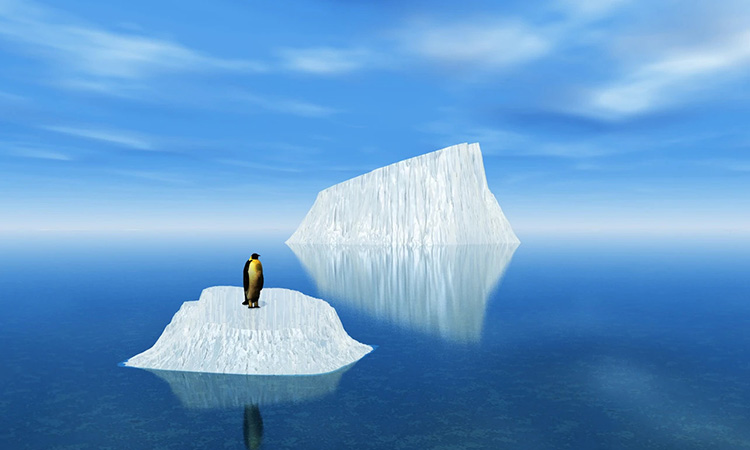Glaciers, the colossal ice structures that have graced our planet for millennia, are not just geographical entities; they are critical indicators of Earth’s climatic health. Their silent, gradual movements have been meticulously studied and revered by scientists and environmentalists alike. However, recent data presents a concerning narrative.
A Disturbing Trend
According to a comprehensive study spearheaded by NASA, a mere 1.5°C increase in global temperatures above pre-industrial levels could lead to the loss of up to half of these glacial giants. This isn’t a distant, abstract prediction; it’s an imminent reality that poses significant challenges to our global ecosystem.
Case Study: The Imja-Lhotse Shar Glacier
Situated in proximity to Mount Everest, the Imja-Lhotse Shar Glacier serves as a poignant example of the rapid changes occurring in glacial regions. Once a vast expanse of shimmering ice, this glacier has been receding at an alarming rate. Its transformation is not merely a localized event; it’s emblematic of a broader, global trend.
Implications for Sea Levels
The ramifications of melting glaciers extend far beyond their immediate locales. As they diminish, they contribute to rising sea levels, posing substantial threats to coastal ecosystems and urban infrastructures. Each incremental rise in sea level signifies potential habitat loss, infrastructural challenges, and a recalibration of our understanding of coastal living.
A Call to Action
While the data is disconcerting, it also serves as a clarion call for concerted global action. Glaciers, in their silent majesty, are communicating a pressing message. Their gradual retreat underscores the urgency of addressing climate change and re-evaluating our environmental strategies.
In conclusion, as we navigate this complex issue, it’s imperative to approach it with both analytical rigor and a profound sense of responsibility. The fate of our glaciers is intricately linked to the broader health of our planet, and their message is clear: it’s time for decisive, informed action.
Next On Your Reading List:


